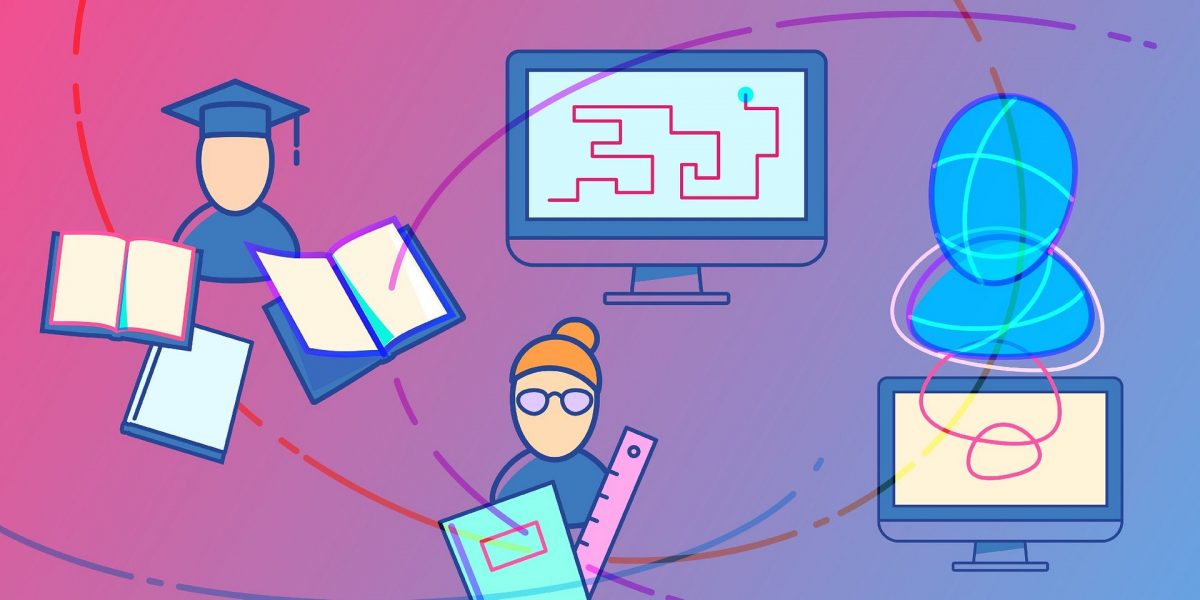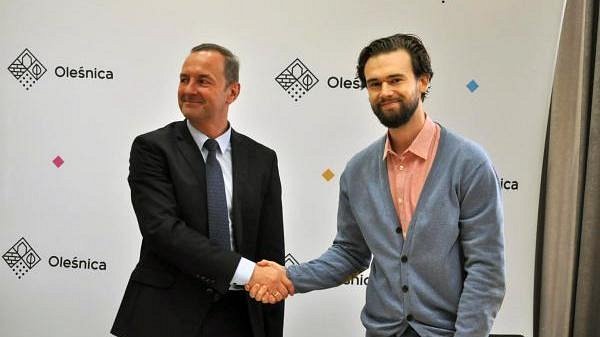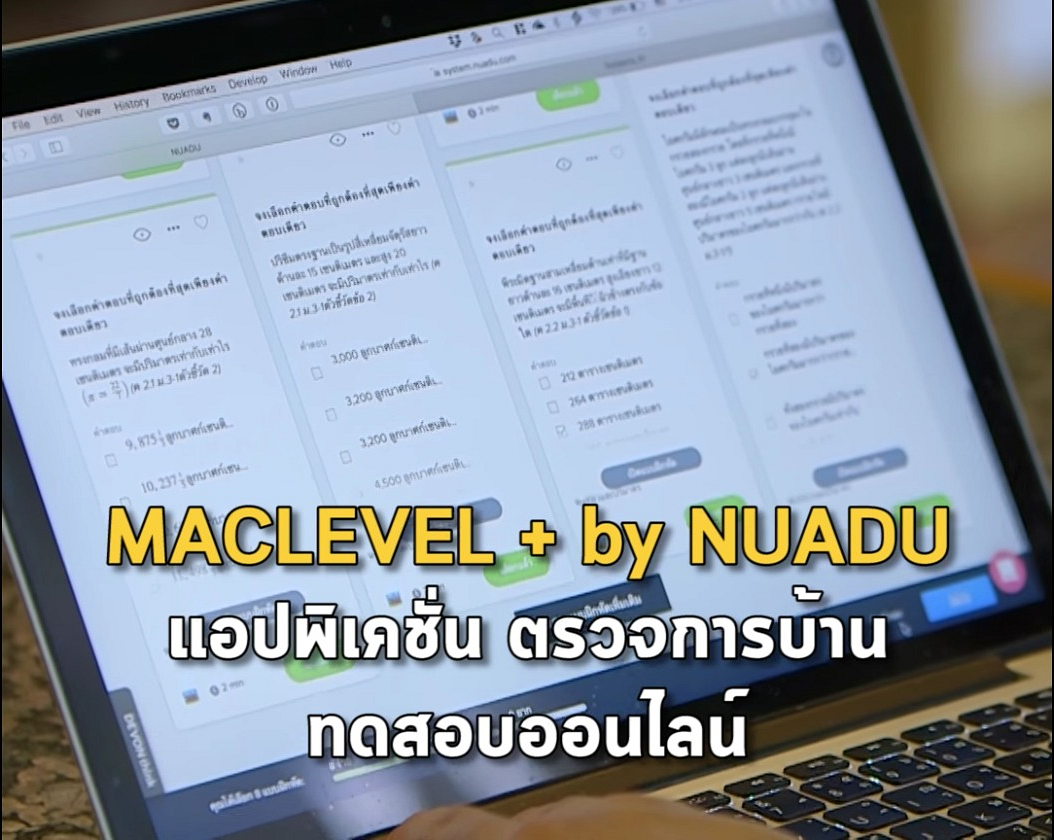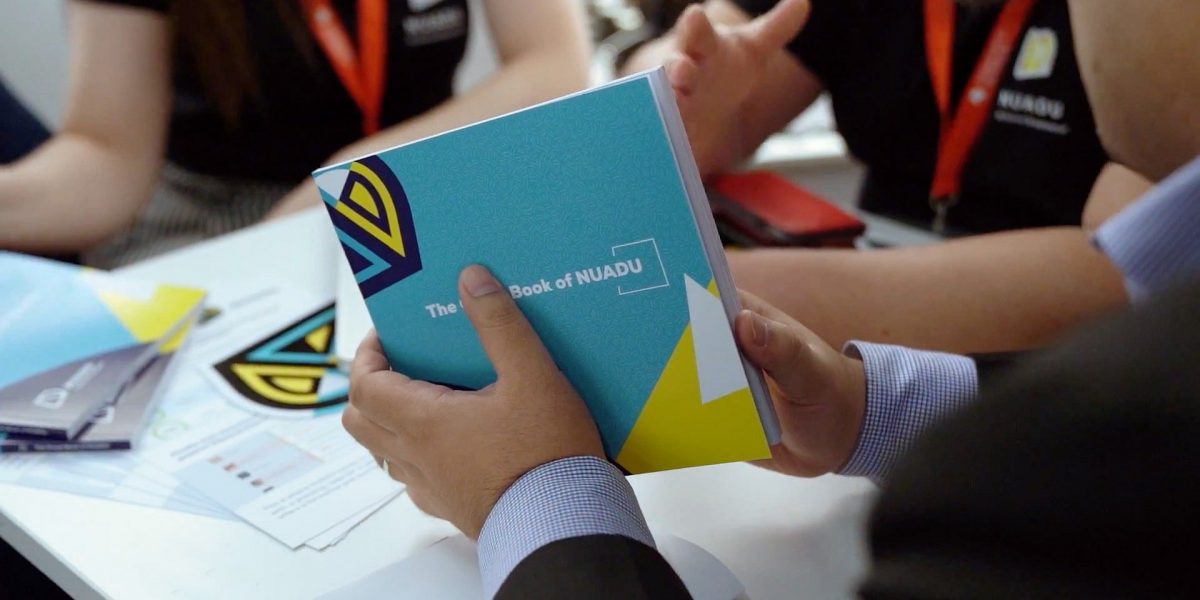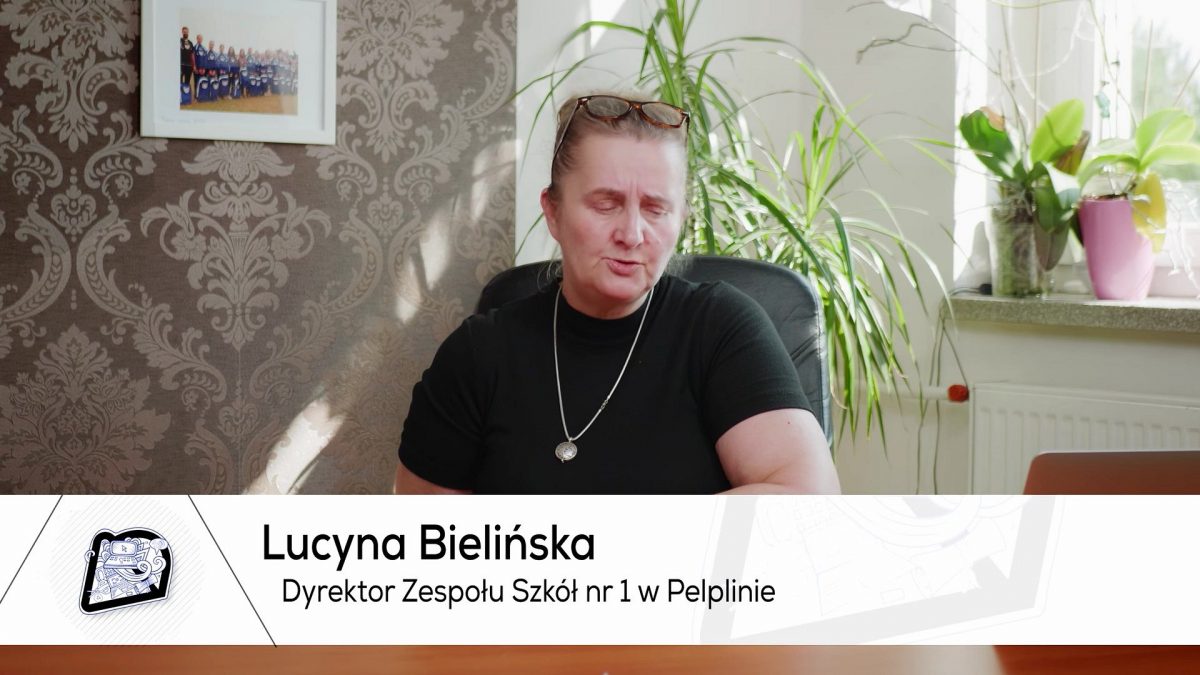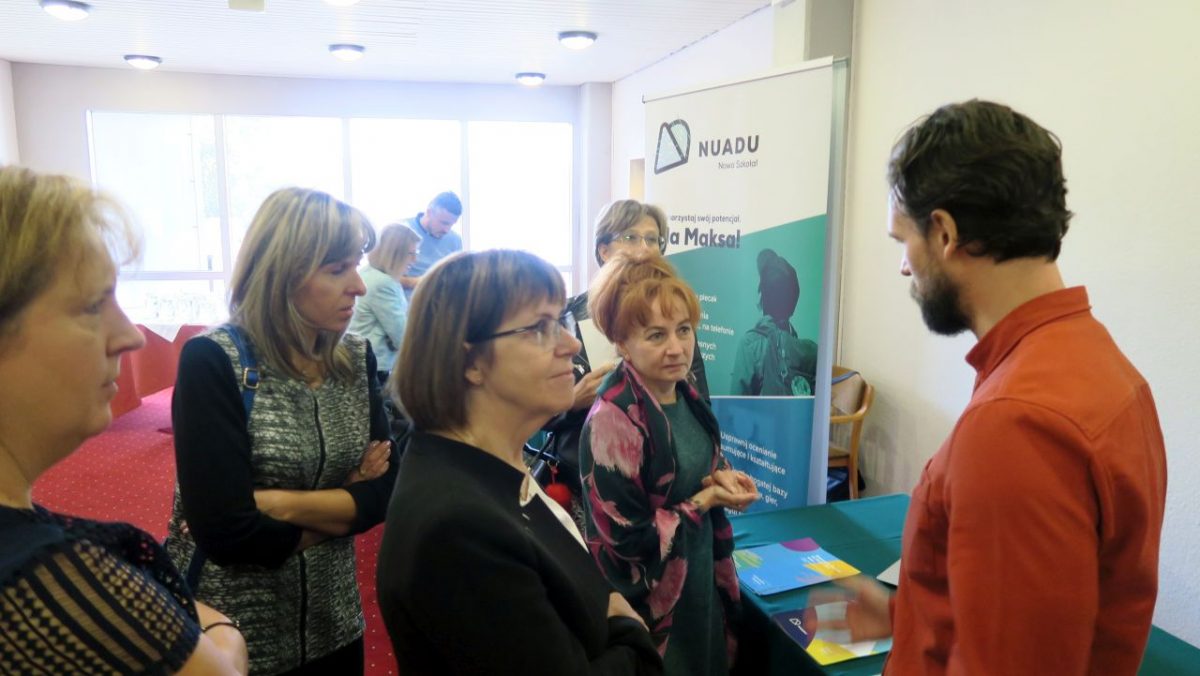Adaptive learning and machine learning are not techniques that have emerged over the last few years with the spreading of computers and smartphones. The beginnings date back to the 1960s and Arthur Samuel from IBM, who developed the first chess training program.
But if we take a look at the wider definition of adaptive learning with the technology section excluded, adaptive learning being an educational system that analyzes students’ performance in real time and modifies teaching methods based on these data, we will notice that there is nothing radically new about it. In fact, it describes the very kind of work that a teacher performs or should perform when working with students. In such a system, the teachers apply their intuition, professional experience and knowledge of the students. The pedagogue’s experience will always have a huge impact on the child’s educational success; however, on the one hand it will be only based on the teacher’s personal abilities, and, on the other hand, is time-consuming and difficult to implement in the classical (school-paper-based) learning model. Only the use of technology may enable its wider use.
At the moment, we can find many products that offer adaptations to the individual abilities of the student. The most-used solution is tailored to their abilities and skills by proposing individual learning paths for students. We can group them into several types:
Students create paths manually
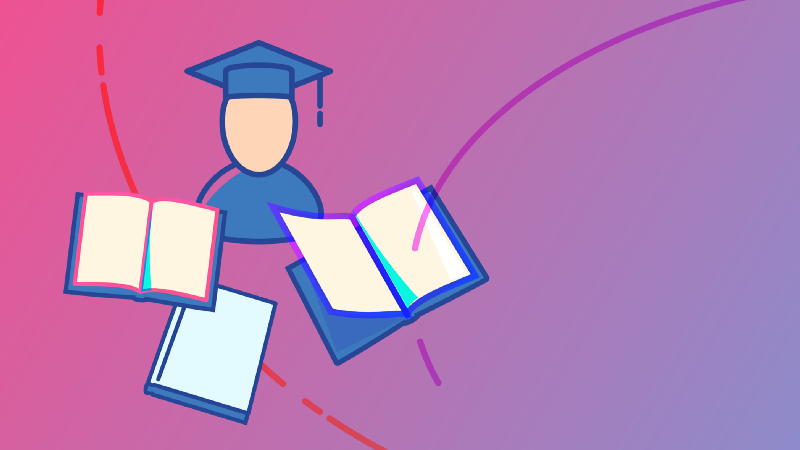
In products of this type, a student who wants to master the subject they is interested in has ready access to all materials and selects relevant fragments relying on their own knowledge of what they wants to learn, thus creating a personalized learning path on their very own. This solution allows the student full personalization of the learning paths because they choose only those things which seem important and necessary.
The obvious disadvantage of this solution is that it only offers partial knowledge if a given student works individually, without consulting a teacher or a tutor. In addition, not many students are fully aware of their educational needs and how to compose their own learning path. Therefore, an alternative solution is to engage the teacher.
Teachers create paths manually
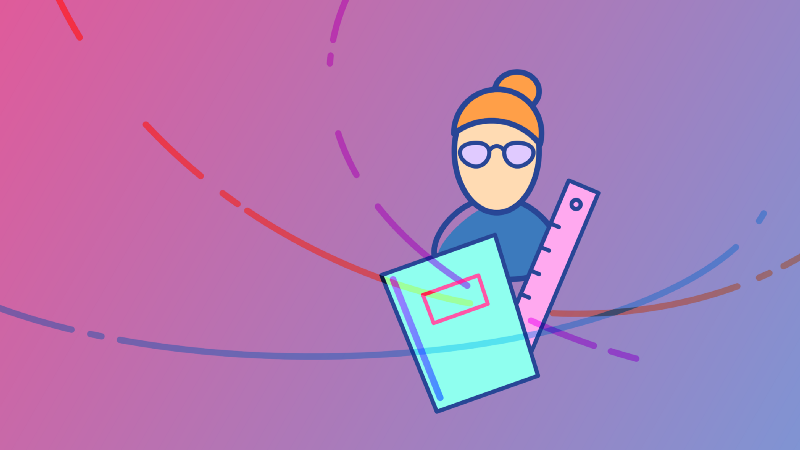
In this product type, the teacher manually creates individualized paths for individual students or groups of students, deciding which exercises they should do as well as the level of difficulty or what presentation materials they should familiarize themselves with, and in what order.
This method, despite being very beneficial from a didactic point of view, nonetheless implies a huge amount of work and time on behalf of the teacher. Although grouping students with specific abilities and skills together allows to save a certain amount of time, such grouping is once again based on the teacher’s experience and in-depth knowledge of students, which in practice is not possible for teachers with dozens of students to take care of. Therefore, another idea for the student and teacher is to rely more on technology to work and prepare ready-made paths that both teachers and students can use.
Predefined graph of dependencies
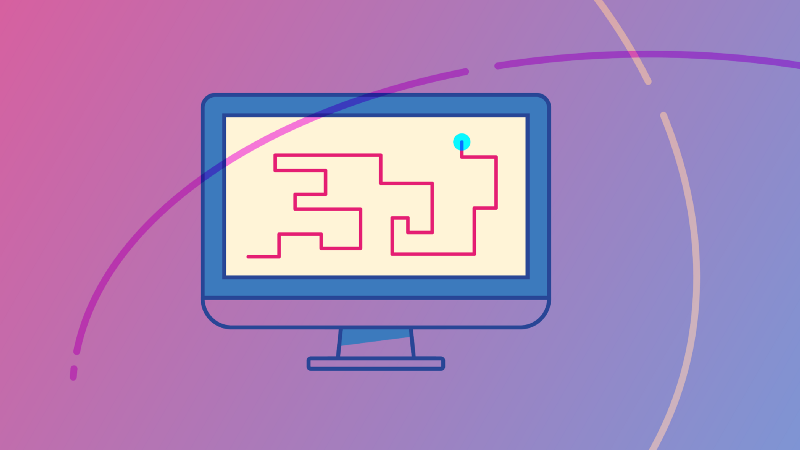
Solutions of this type offer a system that proposes to students various educational paths that they can follow while learning. Typically, they are organized as predefined sets of sequentially arranged exercises and knowledge presentation materials. The system draws paths for a student using the rule-based method with a decision tree, where decisions are made depending on the results of a given pupil. Thus, a student gets access to the very materials that should fit them and ensure a learning process that corresponds to their skills and abilities.
However, this method is far from flawless as well. The main disadvantage of this type of solution is the incomplete personalization of learning paths and the fact that the links between fragments of material are predefined — in other words, developed by a specific person based on their personal knowledge, and said paths do not change even if they are ineffective for a particular student or group of students.
Additionally, such solutions are usually limited only to mathematics or chemistry, for which the creation of connections between fragments of material comes somewhat easier. In some e-learning systems, the decision to choose a specific path and a set of content for a given student is based on the results of the initial diagnostic test performed by the student after entering the system. This is a good method to test a student’s level of knowledge; however, it is often limited to detecting said student’s knowledge gaps and offering material to eliminate them without providing opportunities to develop other skills that a student could improve.
AI learning paths

All the above-mentioned methods have two basic disadvantages, namely that they either fail to offer exactly matched learning paths, or that they require a lot of work. These problems can be prevented thanks to a system which, by collecting data from a given student and other users and processing them with the help of sophisticated algorithms based on mathematical models, probability and statistical reasoning, will suggest to the student appropriate materials at the appropriate time and in just the right order. Scientific research on teaching methodology, nervous system physiology, and pedagogical methods provides solid data on the learning process that should be implemented in such a system — after all, it is used to teach human beings, not machines.
On the other hand, it is very important to be able to see the results of the students’ interaction with the system and modify the rules in real time. This is possible due to the huge number of online learners, based on whose performance the system can determine what works and what does not work thanks to the power of big data and analytics. It can also learn what behaviour patterns are the most effective. The use of AI also allows a holistic approach to learning covering aspects such as diagnosis, gaining theoretical knowledge and practical skills through exercises, as well as maintaining motivation and regularity. In addition, a virtual AI-based tutor is never tired, has no prejudices, and does not build student feedback based on a personal attitude towards a given student. Such a teacher is always available ready to respond to any change in a student’s behaviour, and capable of anticipating possible risks.
In NUADU, by creating an adaptive learning system with AI support, we endeavour to take into account all the mentioned advantages and disadvantages so as to create a perfect system that will be a great support for students and teachers alike. Therefore, the whole solution is planned to be reliant on something other than modern technology per se — namely. a plethora of scientific discoveries made in such fields as didactics, neurobiology, and psychology. We want to use what is most valuable in the most important theories of learning, such as Behaviourism, Cognitivism, and Constructivism. Our idea is to support the complex learning/teaching process via employing educational diagnosis, creating individual learning plans, gaining theoretical knowledge, and building practical skills. We also want to give students the opportunity to fill in the gaps in knowledge and skills and consolidate gained knowledge effectively.
Summary
A system offering individualized learning paths for each student matching what they should learn at any given moment could be an ideal solution supporting learning and teaching, but what is the reality now? The truth is that such solutions are at an early stage of development, and though our knowledge about learning is growing, it is still in its infancy. Despite the fact that the future looks really promising, we still have to wait for it to come — most likely, for such a system to be created by NUADU.
Read More:
- http://www-03.ibm.com/ibm/history/ibm100/us/en/icons/ibm700series/impacts/
- Clark Quinn, Ph.D, https://www.litmos.com/blog/articles/the-realities-of-artificial-intelligence-and-adaptive-learning
- Mitchell T., Machine learning, McGraw-Hill Companies, Inc., 1997
- http://www.ecns.cn/2018/04-12/298915.shtml
- https://edtechnology.co.uk/Article/adaptive-learning-in-the-classroom-and-beyond
- Patsy Moskal, Donald Carter, Dale Johnson, 7 Things You Should Know About Adaptive Learning — https://library.educause.edu/~/media/files/library/2017/1/eli7140.pdf
- http://thejournal.com/articles/2014/05/14/adaptive-learning-are-we-there-yet.aspx
- https://thejournal.com/articles/2014/05/14/adaptive-learning-are-we-there-yet.aspx
About the author
Wojciech Wiśniowski is a biotechnologist — with an emphasis on “technologist”. A tech geek, always happy to spend a fortune on state-of-the-art gear to stay ahead of the curve. A devoted product manager and product owner with over 10 years of professional experience in discovering the impact made by modern technology and the possibilities it offers in enhancing and facilitating the learning and teaching process. And he is always delighted to share his passion with others.

